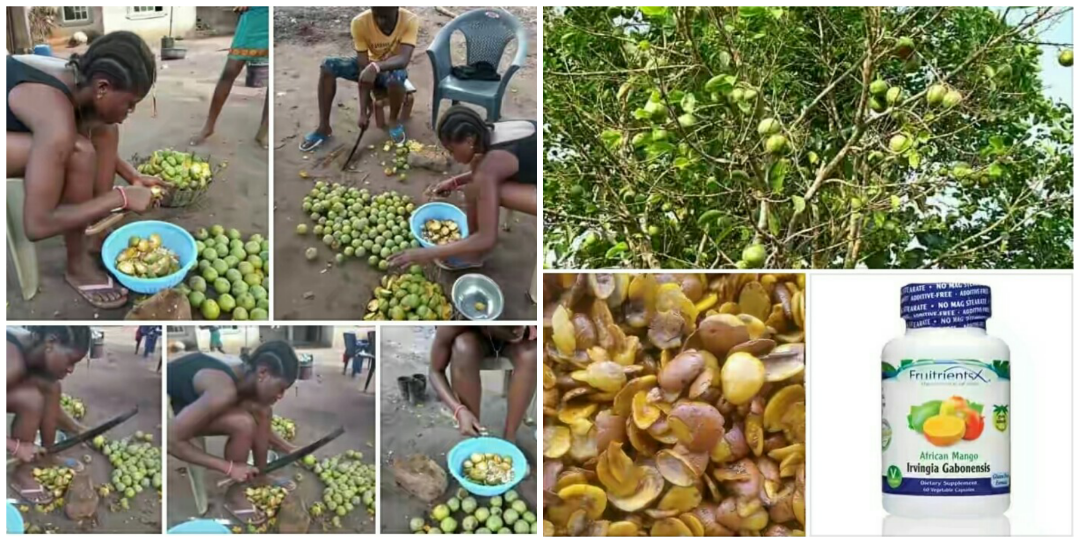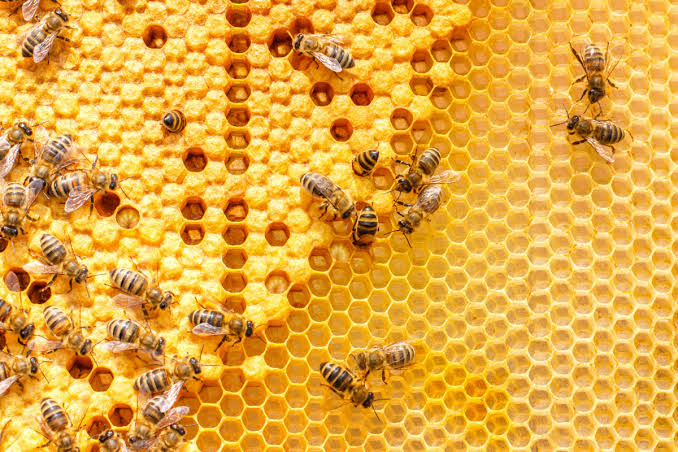Cocoyam benefits and side effects…Uses of cocoyam and health benefits of Cocoyam flour
Welcome to www.nimedhealth.com.ng
Cocoyam or Taro or Dasheen or Eddoe or Gwaza (Hausa): A tuber crop worth writing about.
Depending on the locality, taro could be called cocoyam, elephant ears, dasheens or eddoes. The taro plant is a member of the calla lily family and is technically a corm.
Cocoyam is a tuber crop used mainly for human food in the tropical and subtropical regions of the world. It is a dietary staple in the Pacific Islands, where the leaves as well as the tubers are utilised. It is also used in Asian and Caribbean cuisine.
It is commonly grown amongst small scale farmers who operate within the subsistence economy. In the past, it was regarded as a less important crop and its cultivation and consumption still lie within the less privileged farmers.
The starch-rich tubers of taro are the main product, but the young leaves are also eaten as a leafy vegetable.
Taro is thought to be a very old crop, originating in India and is thought to have been cultivated for over 10000 years, longer than wheat or barley.
It was mentioned by ancient Roman and Greek historians and was an important crop in the Mediterranean long before potatoes. Gwaza starch is one of the most nutritious, easily digested foods.
Benefits of Cocoyam and Cocoyam leaves… Benefits of eating cocoyam
👉Cocoyam corms are high in carbohydrate in the form of starch and low in fat and protein, similar to many other root crops.
👉The starch is 98.8 percent digestible, a quality attributed to its granule size, which is a tenth that of potato, making it ideal for people with digestive difficulties and for patients recuperating after a surgery.
👉 Cocoyam is good for diabetics. The corm is an excellent source of potassium (higher than banana), carbohydrate for energy, and fibre. The carbohydrate in cocoyam is safe for diabetes .
👉Due to its high potassium content cocoyam can be recommended for patients with hypertension. Because of the significant amounts of dietary fibre, cocoyam eating cocoyam can be useful in the prevention and management of overweight and obesity.
👉Cocoyam is a good source of vitamin E, with a small serving providing about 4 mg of this antioxidant, which is 30% of the daily recommended intake. When eaten regularly, dasheen corm provides a good source of calcium and iron.
👉Cocoyam leaves eaten as a vegetable (called lü‘au in Hawaiian) are excellent sources of provitamin A carotenoids, calcium, dietary fibre, vitamins C and B2 (riboflavin), and they also contain vitamin B1 (thiamin).
👉Cocoyam leaves, like most higher plants, is rich in protein. The high protein content of the leaves favourably complements the high carbohydrate content of the tubers.
👉Is cocoyam good for fibroid patient? Yes..you can eat Cocoyam even though you have fibroids… cocoyam leaves is believed to help shrink fibroid masses.
👉Cocoyam and fertility…cocoyam tubers and Cocoyam leaves helps boost fertility and ovulation in women and sperm count in men.
👉Cocoyam and pregnancy…Is cocoyam good for pregnant women…The benefits of Cocoyam in pregnancy are numerous…it contains folic acid that will help the development of the unborn baby and prevent spinal bifida.
👉Cocoyam and weight loss: is called cocoyam good for weight loss? The answer is yes…Cocoyam is recommended for persons who desire weight reduction.
Side Effects of Cocoyam
One major limiting factor in the consumption of cocoyam is the presence of oxalates which impart acrid taste or cause irritation when foods prepared from it are eaten.
The anti-nutritional factors found in taro or cocoyam include oxalates, proteinase inhibitors, phytates, tannins, alkaloids, steroids and cyanogenic glucosides.
All parts of the raw taro plant contain the toxic compound, calcium oxalate, which must be destroyed by thorough cooking before eating.
Other secondary metabolites found in Gwaza include alkyl-resorcinols, phenolics, saponins, essential oils, resins, numerous sugars and organic acids. Acridity has been attributed to the presence of bundles of calcium oxalate crystals in the tissue of cocoyam known as raphides.
Contact of the raw tuber and leaf with the mouth or skin results in considerable itchiness, acridity and discomfort. Ingestion of foods containing oxalates has also been reported to cause caustic effects, irritation to the intestinal tract and absorptive poisoning.
Moreover, consumption of large doses of oxalic acid causes low plasma calcium and renal damage. Oxalates are also known to interfere with the bio-availability of calcium. Calcium in the form of calcium oxalate is not available because oxalates tend to precipitate calcium and makes it unavailable for use by the body, thereby, causing kidney stones.
Cocoyam must always be eaten cooked because it is toxic when raw. In order to reduce the effect of anti-nutrients, which may have some health-hazards, proper processing before consumption is necessary.
Cooking improves digestibility, promotes palatability, improves keeping quality, and also makes root crops safer to eat. Taro has quite a number of medicinal uses.

Credit: agronewsng
Cocoyam corm is used as an abortifacient for animals as a result of mismatching, and to treat tuberculous ulcers, pulmonary congestion, crippled extremities, fungal abscesses in animals, and as an anthelmintic. Its foliage is used as an astringent and poultice. The stem sap is used as a treatment for wasp stings.
These are the thoughts of:
Sa’eed Halilu Bawa
Senior Lecturer (Associate Professor) at University of the West Indies, St. Augustine Campus, Trinidad.
Studied Food and Nutrition Sciences, Dietetics at Kaduna Polytechnic, Nigeria; Warsaw University of Life Sciences, Poland.

























THE TASTE IS THE REASON PEOPLE DON’T LIKE IT. IT’S A POOR MAN’S FOOD.THE BENEFITS WILL EXORNERATE NOW.
THANKS FOR SHADING THE LIGHT ON THIS ISSUE.
JONAS EHIOGU